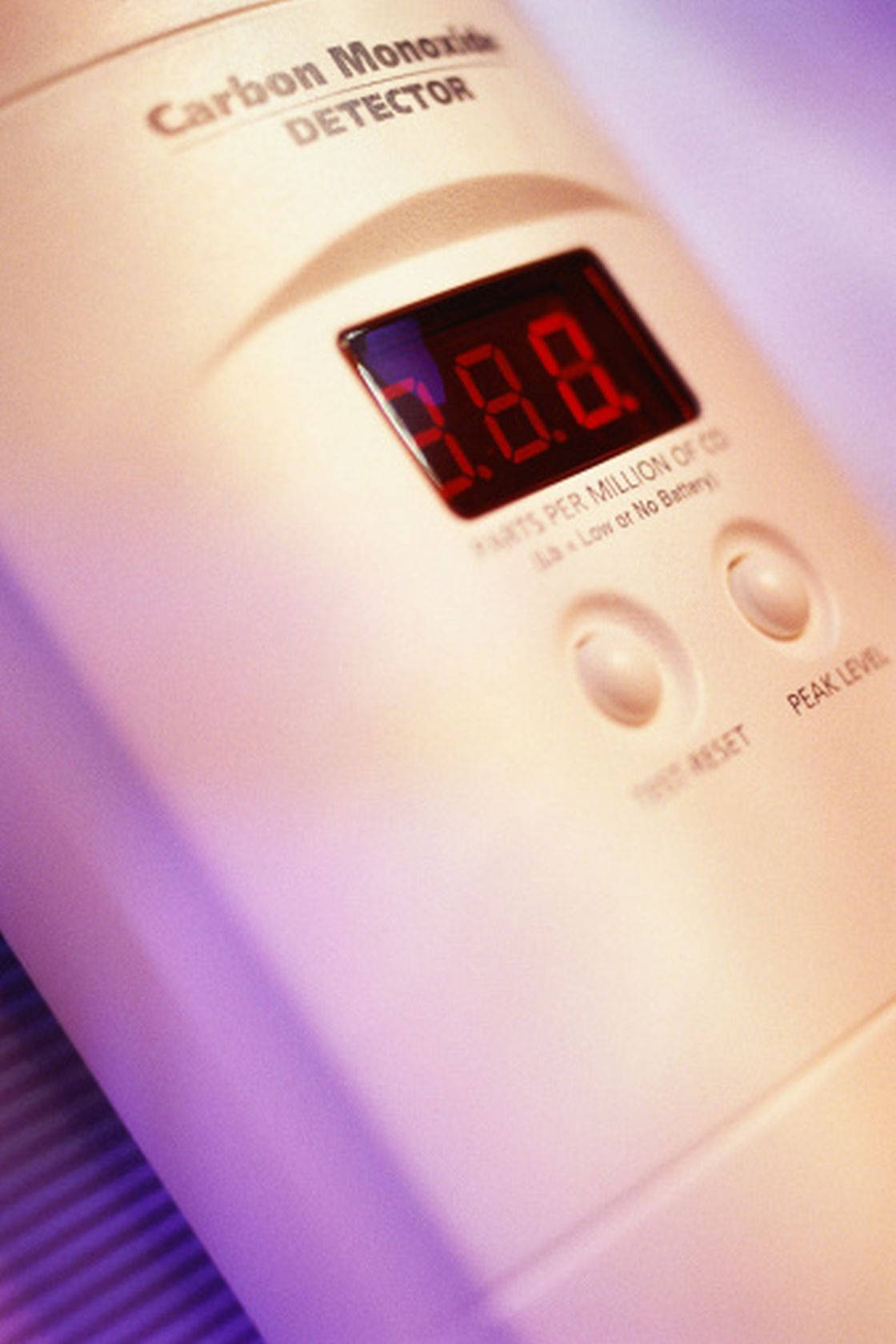Three people have been sent to hospital after a carbon monoxide alarm went off at a west Winnipeg home early Saturday morning.

The Winnipeg Fire Paramedic Service (WFPS) responded to a carbon monoxide alarm in a home in the 700 Block of Parkhill Street at around 1:40 a.m.
Carbon monoxide was found within the home after air-quality testing was conducted.
Officials said everyone in the home safely self-evacuated after being alerted by a carbon monoxide alarm. Paramedics transported three patients to hospital in stable condition.

Get breaking National news
“This is an example of why all residents should have a working carbon monoxide alarm and should test it regularly,” the city said in a press release.
“A carbon monoxide alarm is the only way a person will know there is an accumulation of carbon monoxide within their home.”
- ‘Alarming trend’ of more international students claiming asylum: minister
- TD Bank moves to seize home of Russian-Canadian jailed for smuggling tech to Kremlin
- Justin Trudeau headed to UN Summit of the Future amid international instability
- Canadian government’s satellite deal has Tories calling for Elon Musk involvement
Carbon monoxide is a colourless, odourless and tasteless gas that is a by-product of the combustion process.
The city said symptoms of carbon monoxide exposure can mimic those of the common flu: headache, dizziness, nausea, vomiting, mental confusion, shortness of breath, weakness and vision or hearing impairment.
The city released the following tips for preventing carbon monoxide exposure:
• Have fuel-burning appliances such as furnaces, wood-burning fireplaces and gas dryers cleaned and checked annually by a qualified service technician.
• Install a carbon monoxide alarm on all levels of your home, ensuring one is located close to the sleeping area where it will awaken the occupants when asleep.
• Never idle vehicles in an attached garage, even if the garage door is open.
• Ensure that all fresh air intake vents, exhaust vents and chimneys are clear of snow, insulation, leaves, bird nests, lint or debris.
• Make sure wood stoves are properly installed and ventilated.
• Never use gasoline-powered engines, charcoal or propane barbecues/grills or kerosene stoves in closed spaces or indoors.
• Check forced air fans for proper ventilation.








Comments